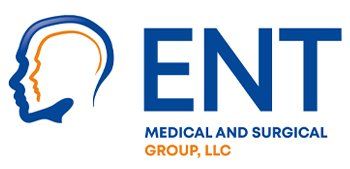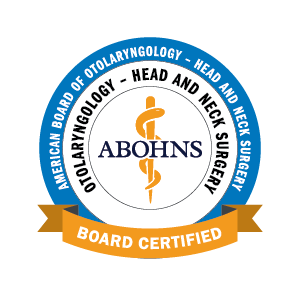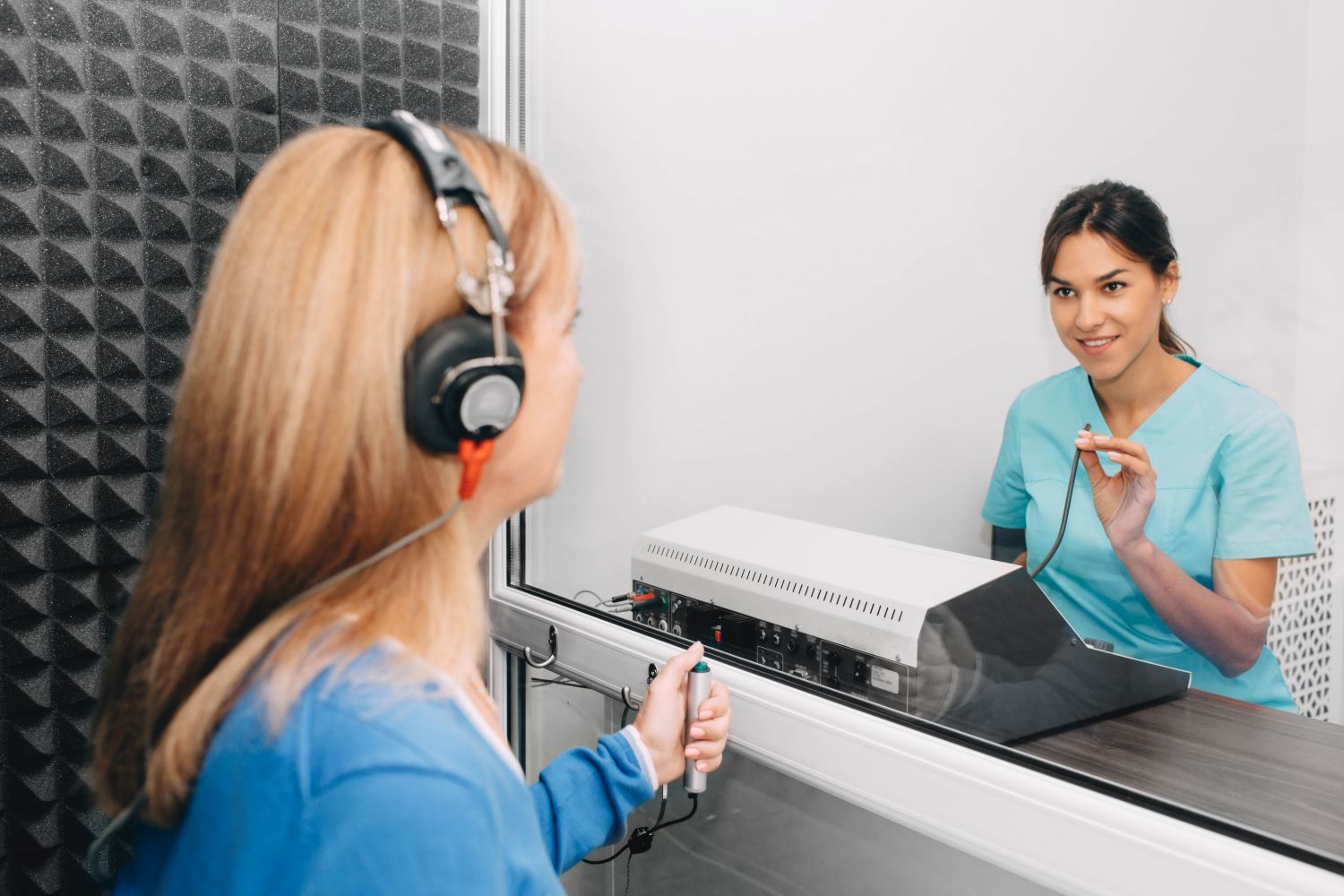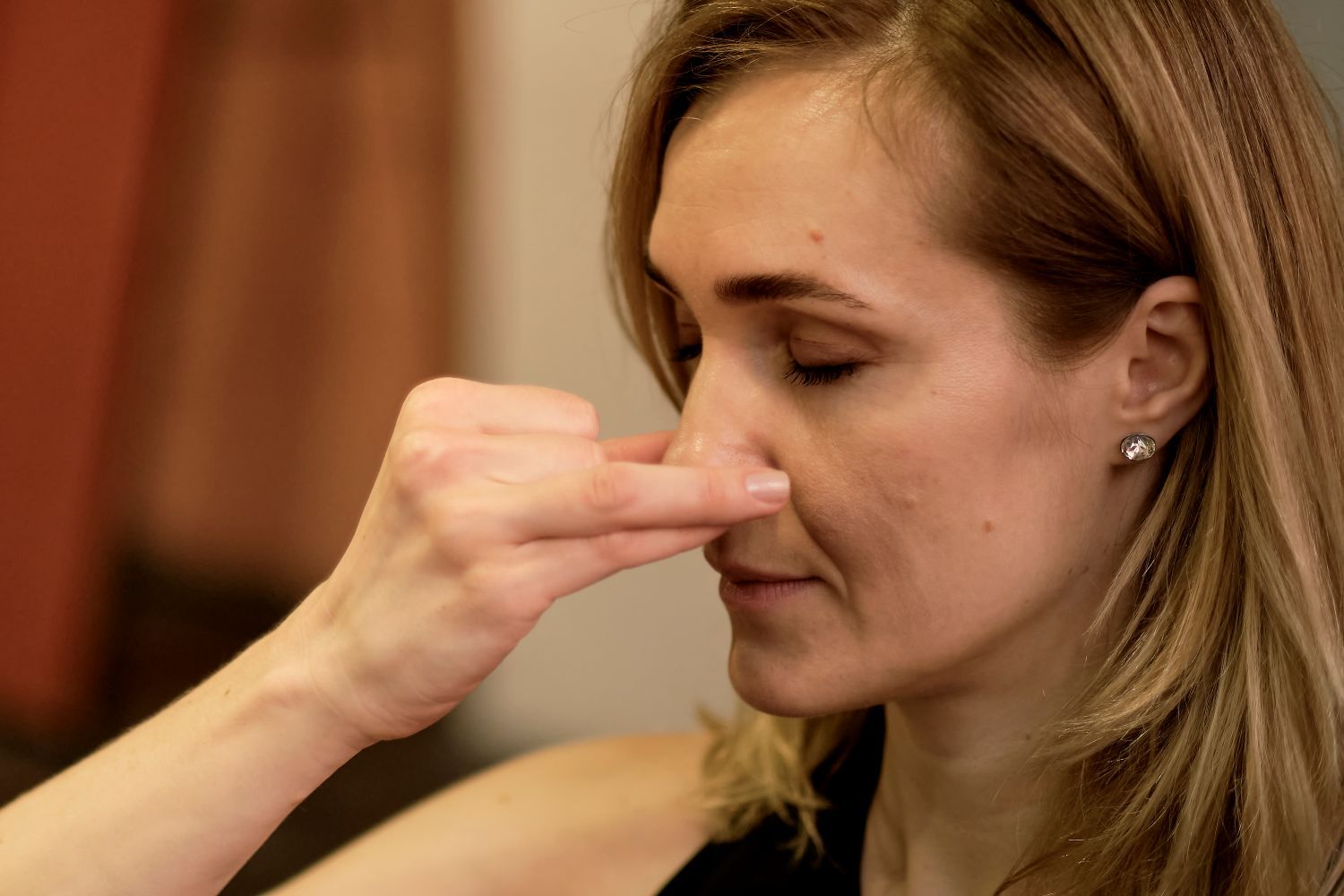How to Relieve Sinus Pressure
Sinus pressure can be a nagging and uncomfortable sensation, impacting your daily life and overall well-being. Finding relief is essential, whether allergies, infections, or environmental factors cause it.
Continue reading as we explore various strategies and medical interventions to alleviate sinus pressure and promote a healthier nasal environment.
What Is Sinus Pressure?
A sinus infection or cold can cause irritated or swollen membranes lining your nasal passageway. Pain and pressure can also result from mucus accumulation and improper drainage.
What Does Sinus Pressure Feel Like?
Sinus pressure might cause tightness or achiness in your face, particularly around your eyes, nose, forehead, or cheekbones. Sinus pressure can even radiate to other areas, like your scalp, teeth, and jaws.
What Is the Main Cause of Sinus Pressure?
Many conditions can result in sinus pressure. But one of the main causes is the common cold. Sinus pressure may also result from:
- Sinus infections (acute and chronic)
- Allergies, such as hay fever
- Environmental pollutants, such as cigarette smoke
How Do You Relieve Sinus Pressure?
Here are some of the ways to relieve sinus pressure:
Over the Counter (OTC) Medications
Several different types of OTC medications can help ease uncomfortable symptoms, including:
- Decongestants: Decongestants, available in pill or nasal spray form, effectively reduce inflammation in nasal passages. However, caution is advised, as prolonged use may lead to rebound congestion.
- Antihistamines: These relieve sinus pressure due to allergies, watery eyes, and sneezing. Combining a decongestant with an antihistamine is a common recommendation, but be mindful of potential drowsiness, especially when taking them at night.
- Pain Relievers: Common pain relievers like acetaminophen, naproxen, and ibuprofen can help lessen headaches and sinus pressure-related pain.
- Steroid Nasal Sprays: Available over the counter and by prescription, steroid nasal sprays reduce swelling in nasal passages, facilitating easier breathing.
- Menthol Treatments: While not directly relieving congestion, menthol treatments can enhance comfort when applied topically to the neck or chest.
Soothe or Clear Nasal Passages
Let's check out some of the ways to soothe nasal congestion:
- Nasal Saline Spray or Gel: Moistening nasal passages is crucial for relief. Nasal saline spray or gel aids in keeping the nasal passages moist, helping to wash away irritants and allergens that contribute to inflammation.
- Nasal Irrigation: Using a bulb irrigator, Neti pot, or pre-filled saline container, nasal irrigation effectively clears sinus passages. Ensure the use of distilled or sterile water to minimize infection risks.
Massage Pressure Points
Massaging specific pressure points around the face can provide relief. Circular motions on areas above the eyebrows, temples, forehead, near the nose, on either side of the nose bridge, and in front of the ears can help alleviate sinus pressure.
Stay Hydrated
Proper hydration is critical, especially during congestion. Drinking plenty of water can help relieve symptoms by preventing dehydration, which may worsen sinus pressure.
Steam Inhalation
Steam inhalation opens nasal passages, reducing sinus pressure. Methods include hot showers, humidifiers, or carefully inhaling steam from a bowl of hot water. Caution is advised to prevent burns.
Elevate Your Head
Before bedtime, elevate your head with a few pillows. This simple step can enhance breathing comfort and alleviate sinus pressure during sleep.
Experience lasting relief from sinus pressure and regain control of your well-being with ENT Medical and Surgical Group. Our team of ENT specialists is committed to providing personalized and effective solutions for your sinus concerns. Whether you seek comprehensive medical guidance or advanced surgical options, trust us to deliver unparalleled care. Schedule a consultation today and take the first step towards a life free from sinus discomfort.













